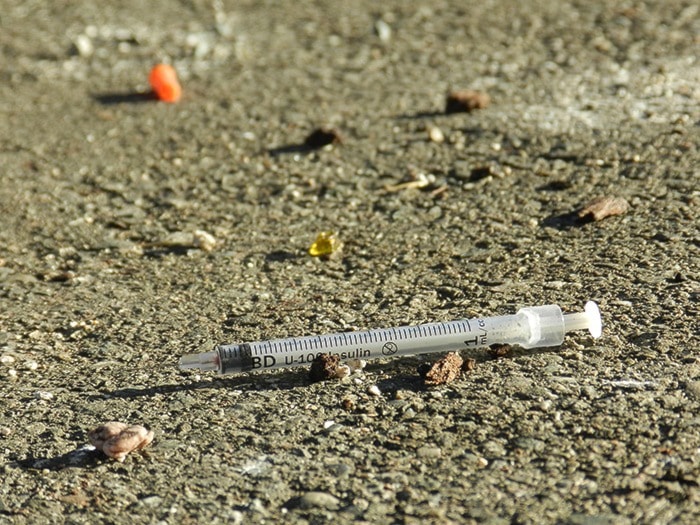Imagine if a bomb exploded every other week in British Columbia, killing 30 people each time.
Or that two people were shot to death on city streets each day.
Or that a fully loaded commuter plane crashed each month, killing everyone on board.
How would we react?
Such is the carnage brought by the recent epidemic of drug overdoses in this province.
And yet our response has been tepid at best.
In the first eight months of this year, drug overdoses killed 488 people – roughly two a day.
In April, B.C.’s chief medical officer declared a health emergency, saying the unprecedented number of deaths warranted unprecedented action. Overdose deaths are now being monitored more closely. Naloxone, a drug used to counter opioids in the body, has been made more available. Task forces are being assembled, and consultants consulted.
Yet people still die. At the current trajectory, the death toll could climb to 700 this year.
So why should we care?
Some might argue that their deaths are the result of bad decisions – “poor lifestyle choices.”
But I like to think we’re better than that. I’d like to believe that scientific evidence has pushed aside that kind of moral myopia.
Addiction is not a choice, like chocolate or vanilla. There are multiple reasons why people become substance dependent. It could be a genetic predisposition, the consequences of a medical injury, the byproduct of a mental illness, childhood trauma, or, yes, a stupid mistake.
Some people manage to lead surprisingly normal lives while addicted. Others waste away until the drug itself, or the lifestyle needed to fuel its supply, takes its toll.
Along the way the consequences of addiction affect more than the addict. Families are ruined, jobs lost, crimes committed, communities disrupted.
We’re seeing some of that disruption in Chilliwack. The local school district announced last week it’s spending an additional $1,200 a day on security – mostly over concerns about the presence of dirty needles.
But if addictions are complicated, so are solutions.
The preeminent approach these days is the nebulous “harm reduction” model.
To a casual observer, harm reduction strategies seem to be limited to providing an inexhaustible supply of clean needles to addicts.
If there is outreach, it’s mostly incidental, left to churches and non-profits. And while their intentions are noble, the success is limited.
Absent from the model is treatment. Harm reduction can make illicit drug use less lethal, but the approach is incomplete.
What British Columbia woefully lacks is addictions treatment. A handful of beds are accessible through local health authorities, but many are available only through a hodgepodge of private facilities that lack oversight or even credentials.
We deserve more.
The overdose death toll is only part of a larger picture. Addiction is an illness that destroys lives and erodes communities. The social problems faced by this city stem predominantly from substance abuse. Chronic drug use, be it alcohol, crack, meth, heroin or whatever, lies at the heart of property thefts, violent crime, domestic abuse, and especially the level of homelessness we’re experiencing.
We need an addictions program in this province that addresses the situation with the urgency it demands. We need a coherent, accessible and accountable program that treats addiction for what it is, an illness. That means better access to credible treatment beds, and professional support in the community to discourage relapse once initial treatment is over.
We can’t arrest our way out of this, as one police chief aptly said.
And moral self-righteousness is a poor substitute for science.
